
Jump To
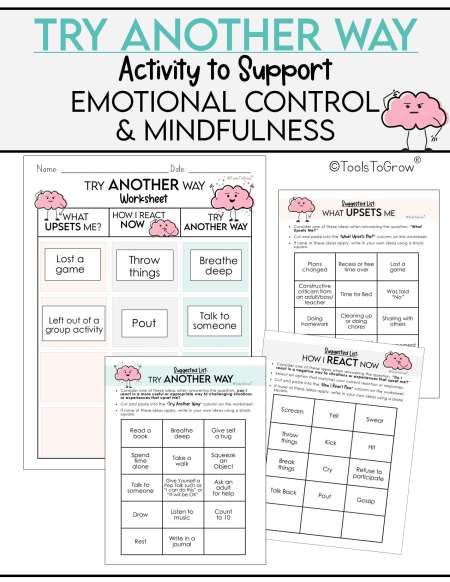
This activity will help a student: (1) Focus on his/her feelings and thoughts; (2) Reflect upon their current negative reactions; and (3) Learn to regulate their emotions.
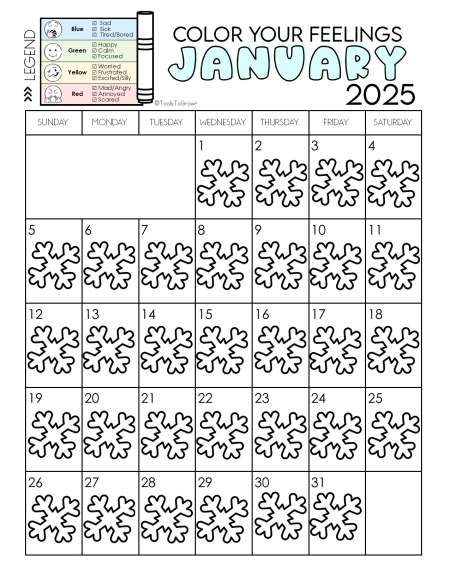
Color Version. Color one image each day to help determine how you are feeling for that day.
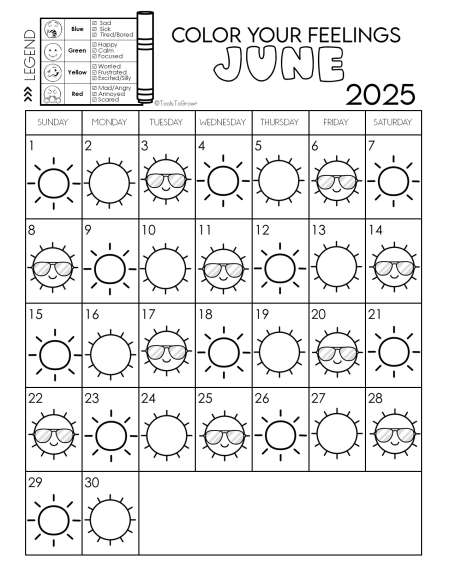
Black/ White Version. Color one image each day to help determine how you are feeling for that day.

Review the following list of suggested self control skills. Write the skills you would like to improve. You may also write in your own skills. Keep this list to check off the next three times you practice the skills you wrote.
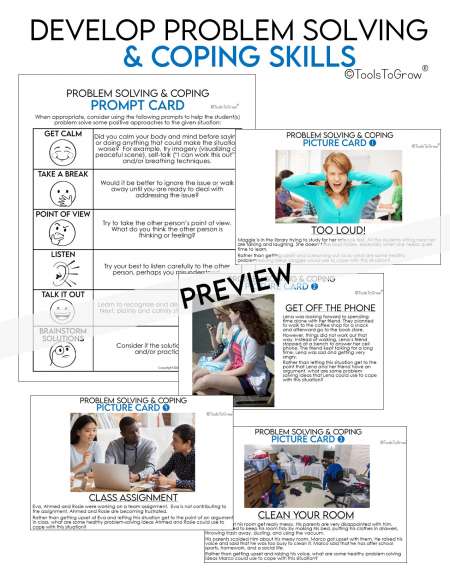
Includes detailed instructions, prompt card and 4 different picture cards.

Cut and paste the emoji that shows how you are feelings today.

Open PDF and click links to make a copy of the Google Slides. 4 versions/google slides included! Click and drag the emoji that shows how you are feelings today.

How do You Feel? Includes: Sleepy, Bored, Sad, Confused, Embarrassed, Angry, Scared, Disappointed, Stressed, Frustrated, Distracted, Tired, Excited, Silly, Surprised, Happy, Confident, Worried.

How do You Feel? Includes: Sleepy, Bored, Sad, Confused, Embarrassed, Angry, Scared, Disappointed, Stressed, Frustrated, Distracted, Tired, Excited, Silly, Surprised, Happy, Confident, Worried.

Label the body with your emotions. Includes: Calm, Scared, Shy, Excited, Angry, Worried, Sad, Sick, Mad, Happy
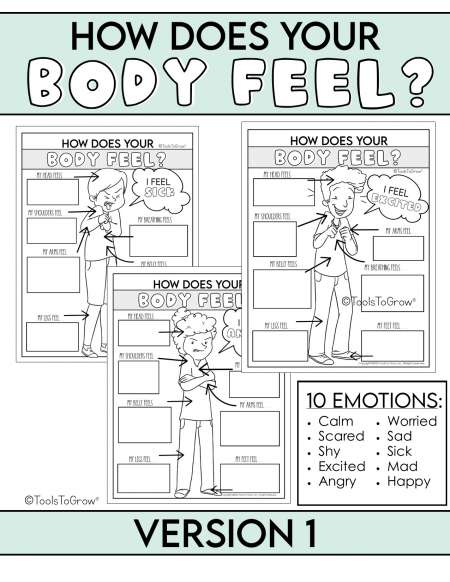
Label the body with your emotions. Includes: Calm, Scared, Shy, Excited, Angry, Worried, Sad, Sick, Mad, Happy

Reflection Journal - Includes 2 versions/lined paper
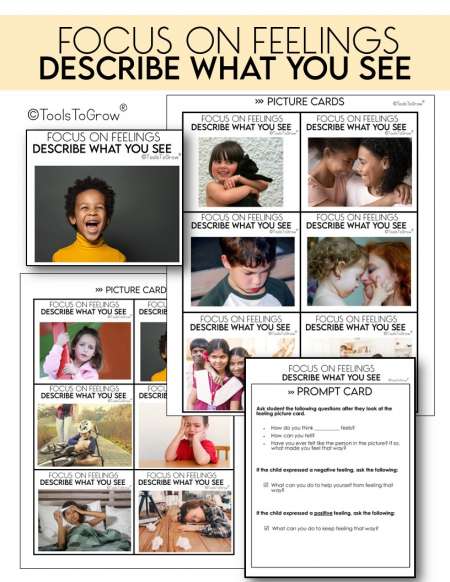
Addresses: Non-verbal communication skills- by increasing a child’s ability to observe another person’s facial expressions and body posture to determine their possible feelings. Improve understanding of expressions of affection. Improve understanding environmental context and it’s impact on a person’s feelings. Improve ability to express strategies that can affect mood and adaptive functioning.
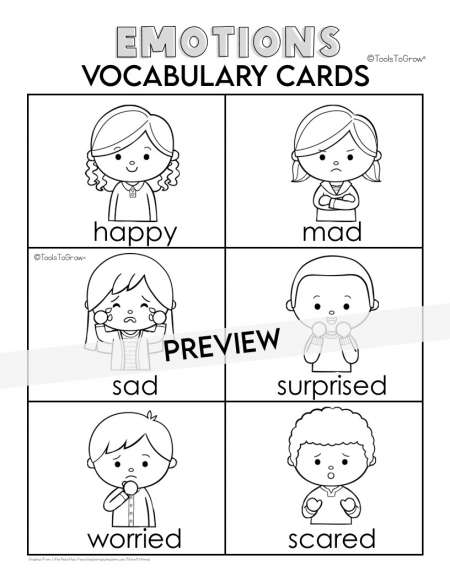
These vocabulary cards are learning aids that have a printed word with an accompanying illustration. These cards will help children develop the oral vocabulary related to Emotions. 12 cards included.
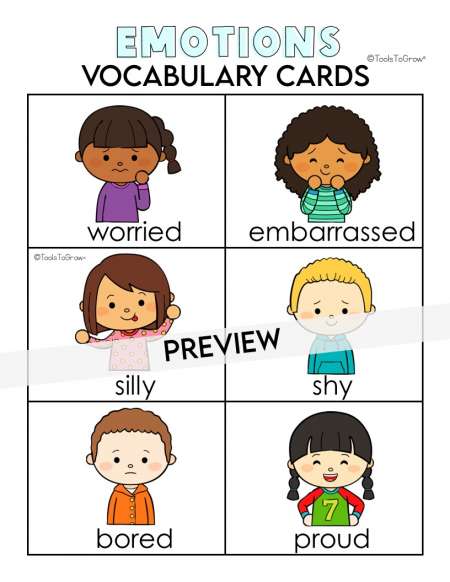
These vocabulary cards are learning aids that have a printed word with an accompanying illustration. These cards will help children develop the oral vocabulary related to Emotions. 12 cards included.

TO ASSEMBLE: Cut out book and staple pages together. Child colors the picture that shows the good choice. Book includes 12 different pages.
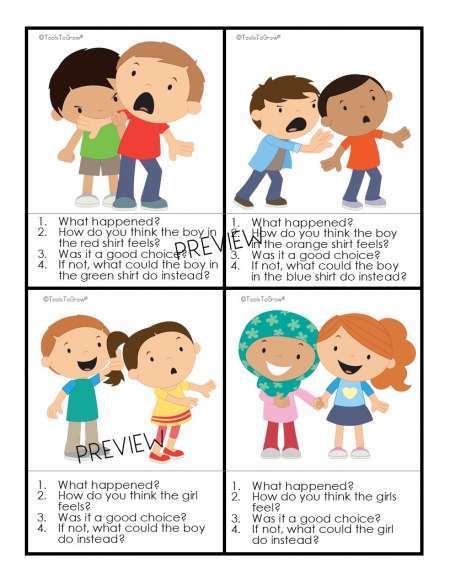
TO ASSEMBLE: Cut out each card. Student looks at the image on each card. Student answers the questions. Color & Black/White Versions included. Includes 12 different cards.
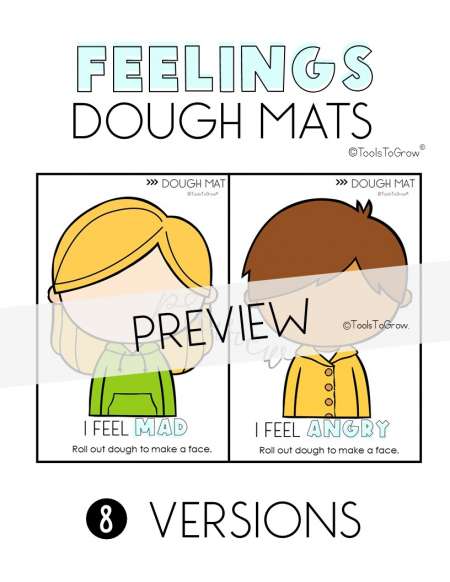
Laminate or place in clear protector sleeve. Roll out dough to make a face. Emotions Includes: Happy, Mad, Scared, Sad, Silly, Bored, Worried, and Excited.

Includes 12 different emotions. A total of 24 Memory emotion cards are included.

Draw a line to connect the matching feelings. 2 Versions included.
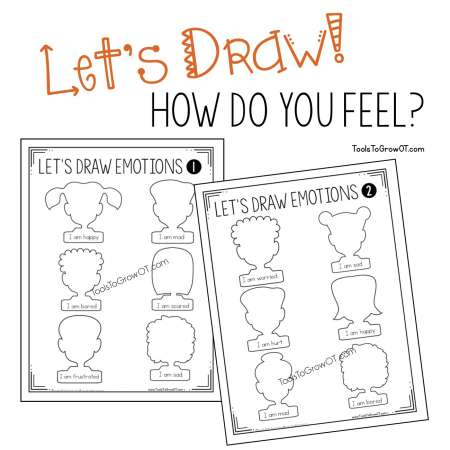
Strategies to Help a Child Communicate Their Feelings. This is a 3 PAGE PDF that allows the student to draw 12 faces of various emotions/feelings.

Emotion Symbol Poster & Cards to Help a Child Recognize & Express Their Feelings. This is a 5 PAGE High Quality PDF that introduces the "Feelings Family" of Emotions. Includes a Poster and 10 Learning Emotion Cards.

Emotion Reflection Journal and checklist.

Draw a picture of yourself feeling the emotion. Next, write a list of things that make you feel that way.

Includes: 10 Emotion/Feeling Visuals and Blank Strip (3 Versions).

While slowly breathing in through his/her nose and out through their mouth, the child will move each image to the bottom row (numbered 1-5 in left to right manner).

This is a non-competitive game that allows children the opportunity to recognize and communicate a variety of feelings, reflect upon their feelings and consider their choices more fully so as to promote positive responses.
